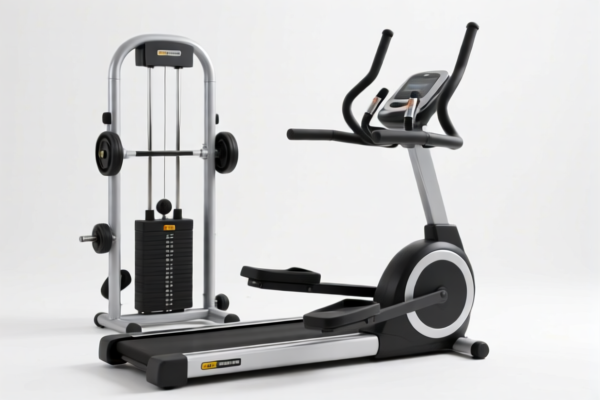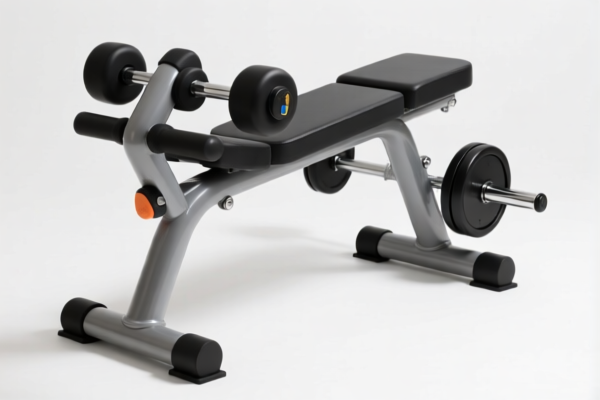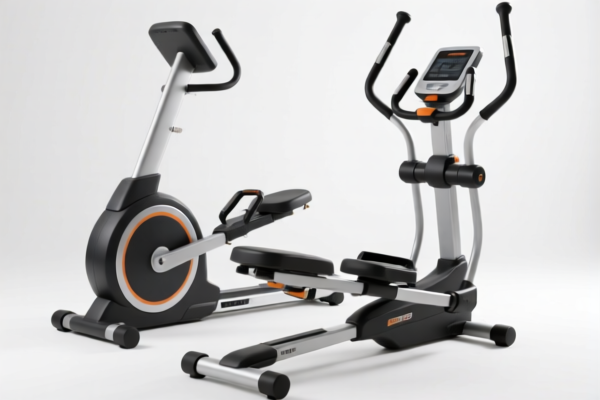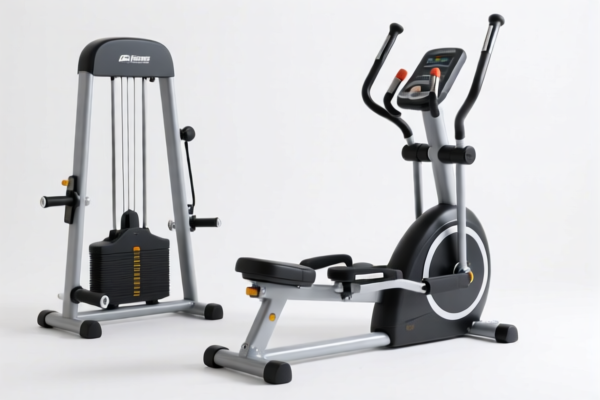| HS Code | Official Doc | Tariff Rate | Origin | Destination | Effective Date |
|---|---|---|---|---|---|
| 9506910030 | Doc | 67.1% | CN | US | 2025-05-12 |




Fitness Machine
A fitness machine is a mechanical device designed to facilitate physical exercise. These machines provide various methods for applying resistance and tracking performance, catering to a wide range of fitness goals.
Materials
Fitness machines are typically constructed from a combination of materials chosen for strength, durability, and comfort. Common materials include:
- Steel: The primary structural component, providing a robust frame. Often powder-coated for corrosion resistance.
- Aluminum: Used in components requiring lighter weight, such as handles and footplates.
- Plastic/Polymer: Used for molded parts like seats, shrouds, and grips, offering comfort and ergonomic design.
- Upholstery: Foam padding covered in vinyl or similar material for comfort and hygiene.
- Cables & Pulleys: Used in resistance-based machines to transfer force.
- Electronics: Displays, sensors, and microprocessors for tracking metrics like time, distance, speed, heart rate, and calories burned.
Purpose
The primary purpose of fitness machines is to provide a controlled and repeatable environment for exercise. They allow users to:
- Strength Training: Build and tone muscle mass.
- Cardiovascular Exercise: Improve heart health and endurance.
- Rehabilitation: Assist in recovery from injuries.
- Weight Loss: Burn calories and contribute to weight management.
- General Fitness: Maintain overall physical health and well-being.
Function
Fitness machines function through various mechanisms to provide resistance:
- Weight Stacks: Utilize gravity and adjustable weights for resistance.
- Magnetic Resistance: Employ magnets to create resistance, often adjustable electronically.
- Air Resistance: Use air flow to create resistance, increasing with speed.
- Water Resistance: Utilize water displacement to create resistance.
- Elastic Resistance: Employ bands or cords to provide resistance.
- Bodyweight: Utilize the user’s own weight as resistance.
Usage Scenarios
Fitness machines are found in a variety of settings:
- Gyms & Fitness Centers: Commercial settings offering a wide range of machines.
- Home Gyms: Dedicated spaces for personal exercise.
- Rehabilitation Centers: Used under the guidance of physical therapists.
- Hotels & Corporate Wellness Centers: Providing fitness options for guests and employees.
- Outdoors: Some machines are designed for outdoor use.
Common Types
Fitness machines are broadly categorized by the type of exercise they facilitate:
- Cardiovascular Machines:
- Treadmills: Simulate walking, jogging, or running.
- Elliptical Trainers: Provide a low-impact, full-body workout.
- Stationary Bikes: Simulate cycling. (Upright, Recumbent, Spinning/Indoor Cycling)
- Rowing Machines: Simulate rowing, providing a full-body workout.
- Stair Climbers/Steppers: Simulate climbing stairs.
- Strength Training Machines:
- Chest Press: Works the chest muscles.
- Lat Pulldown: Works the back muscles.
- Leg Press: Works the leg muscles.
- Shoulder Press: Works the shoulder muscles.
- Bicep Curl: Works the bicep muscles.
- Tricep Extension: Works the tricep muscles.
- Abdominal Machines: Work the abdominal muscles.
- Multi-Gyms/All-in-One Machines: Combine multiple exercise stations into a single unit.
- Functional Trainers: Utilize cables and pulleys for a variety of exercises, focusing on real-life movements.
The declared goods, “fitness machine”, fall under the category of articles and equipment for general physical exercise, gymnastics, athletics, other sports or outdoor games. These items are not specifically detailed elsewhere in the chapter. This includes swimming pools and wading pools, as well as parts and accessories.
The following HS codes are relevant:
- 9506910030: This code covers “Other: Articles and equipment for general physical exercise, gymnastics or athletics; parts and accessories thereof”. This is a broad category encompassing a wide range of fitness equipment.
- 95: Chapter 95 signifies Miscellaneous manufactured articles.
- 06: Heading 06 specifically relates to articles and equipment for general physical exercise, gymnastics, athletics, or other sports.
- 91: Subheading 91 denotes “Other” articles and equipment within this category.
- 0030: This further specifies the particular type of “Other” articles and equipment.
Tax Rate Details:
- Basic Tariff: 4.6%
- Additional Tariff: 7.5%
- Tariff after April 2, 2025: Additional tariff increases to 30%
- For steel or aluminum products, the additional tariff is 25%.
Total Tax Rate: 67.1%
Please note that the total tax rate is dependent on the material composition of the fitness machine. If the machine is made of steel or aluminum, the additional tariff will be 25% instead of 7.5% (or 30% after April 2, 2025), resulting in a higher overall tax rate.
Customer Reviews
No reviews yet.